
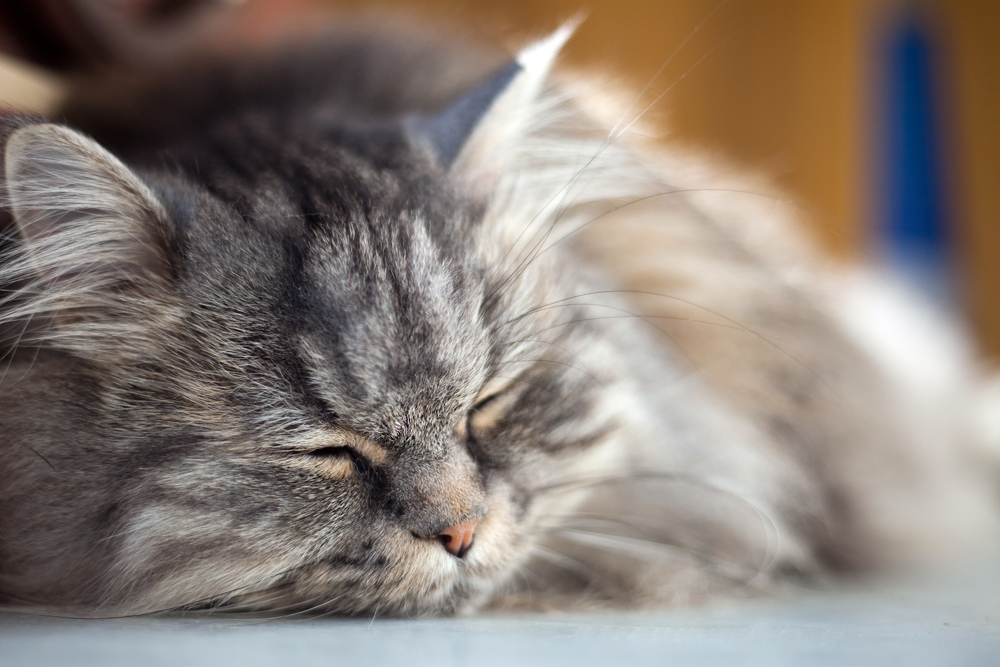
A decrease in red blood cells is referred to as anemia. Typically, bone marrow will respond to this loss by increasing red blood cell production. However, in non-regenerative anemia, the bone marrow response is inadequate when compared to the increased need. For this reason, cats that suffer from anemia caused by lead poisoning or feline leukemia are in a very dangerous situation. Also, pets that become anemic over a period of time will fare better than those that have a sudden onset of anemia. When the anemia progresses slowly, the body has time to adjust to the decreased red blood cell count. Animals that become anemic quickly may die because of the sudden loss in red blood cells and oxygen.
There are three kinds of anemia: blood loss anemia caused by blood leaking out of the vascular system, as in the case of a wound; hemolytic anemia resulting from the destruction of red blood cells circulating within the blood stream; and non-regenerative anemia, which is caused by a decrease in red cell production.
Anemia is generally a symptom of another disease. Therefore, diagnosis is based on your cat's health history and clinical symptoms, physical examination, complete blood counts, urinalysis, iron testing, and bone marrow testing.
Once the cause of the non-regenerative anemia is determined, it can usually be resolved by treating the underlying disease. If the case is severe (and if the blood is also deficient in white blood cells and the blood platelets in the circulating blood), the prognosis will be guarded and will require long-term treatment. A complete resolution of this type of anemia does not usually occur.
If the non-regenerative anemia has developed slowly, it may not require treatment. However, your cat may need to have its exercise restricted to a minimum, and occasional transfusions may be required. If blood loss and/or shock have led to a severe reduction in blood volume and in the supply of blood to tissues, a medicating solution called Ringer’s may be injected.
Because of the severity of the condition, you should be prepared for a long period of recovery. You will need to take your cat to the veterinarian frequently; as often as every one or two days in the preliminary stages, both to see your cat's progress, and possibly for further treatment. Eventually the time between visits will decrease to every one or two weeks, depending on the rate of recovery.
Follow your veterinarian's recommendations for treatment and medications. Most importantly, do not attempt any treatment that has not recommended or approved by your doctor.
Image: Telekhovskyi via Shutterstock
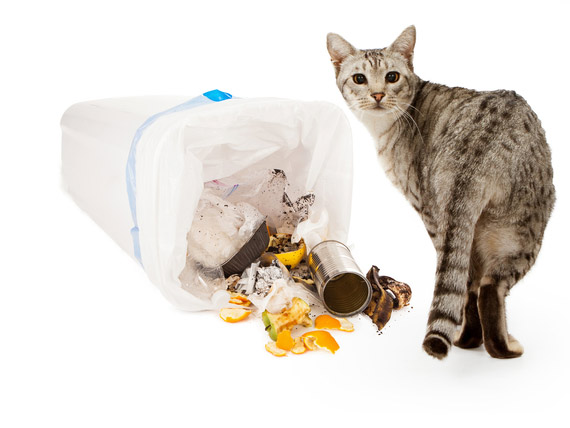 Destructive Behavior in Cats
It is normal for cats to scratch things. They do
Destructive Behavior in Cats
It is normal for cats to scratch things. They do
 Cat Furniture Placement
Bringing a kitty into your l
Cat Furniture Placement
Bringing a kitty into your l
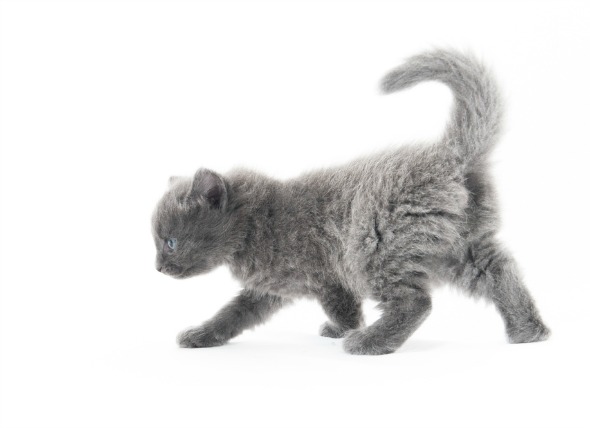 Gas in Cats
Flatulence in Cats
It may be surprising to find t
Gas in Cats
Flatulence in Cats
It may be surprising to find t
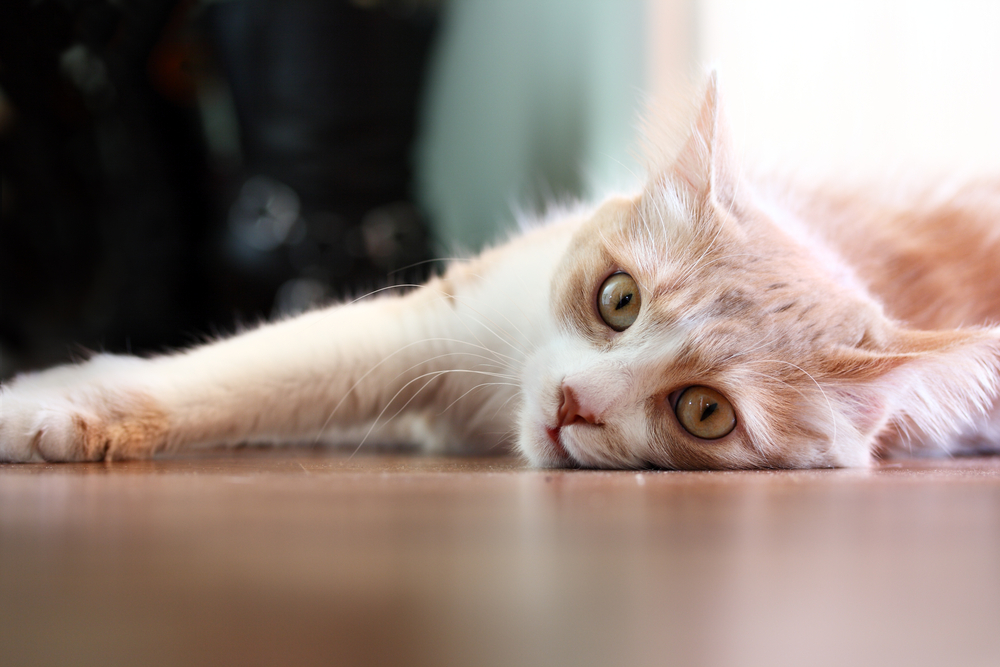 Intestinal Tumor (Leiomyoma) in Cats
Leiomyoma of the Stomach, Small, and Large Intestine in
Intestinal Tumor (Leiomyoma) in Cats
Leiomyoma of the Stomach, Small, and Large Intestine in
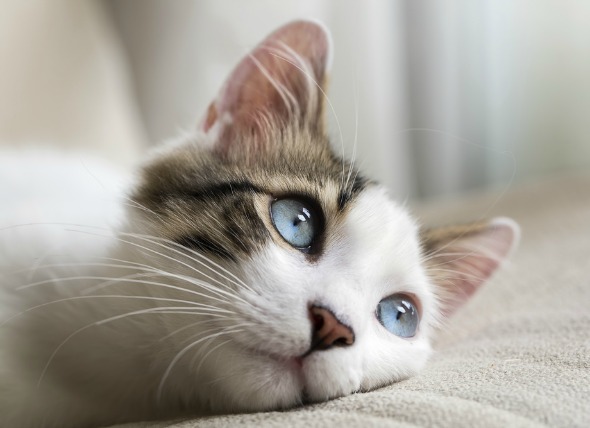 Watery Eyes in Cats
Epiphora in Cats
Epiphora is a condition that cau
Watery Eyes in Cats
Epiphora in Cats
Epiphora is a condition that cau
Copyright © 2005-2016 Pet Information All Rights Reserved
Contact us: www162date@outlook.com